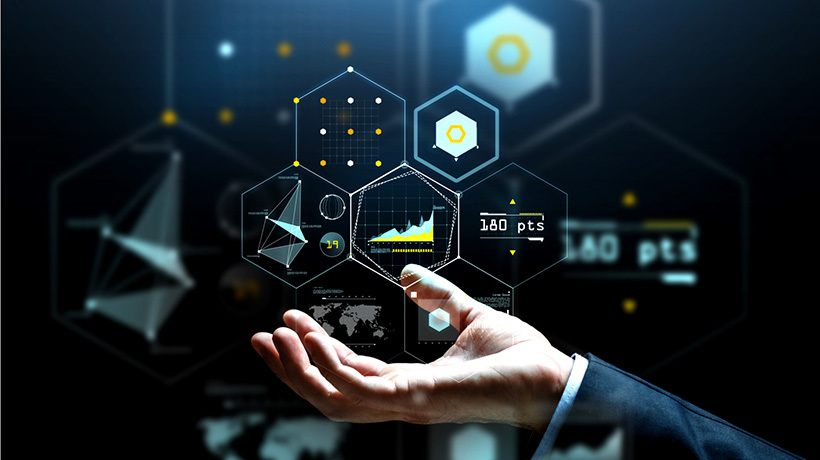How Big Data Can Make For A Better eLearning Experience: Using Big Data To Improve Workplace Learning
Big Data is seeping into most every aspect of modern life, and education is certainly no exception. The extent to which we are all interconnected has never been more apparent. Every phone call, text, web search, or website visit leaves a trail of data. It's been estimated that the human community generates enough data every 24 hours to fill the Library of Congress 70 times. While some may find this alarming, there are actually many benefits. The ability to analyze large amounts of complex data is one of them. Value stems from this analysis as data by itself can sometimes prove to be fruitless. Technology allows those massive amounts of data to be analyzed and organized in order to personalize and improve goods and services. And it is for this reason that it is now possible to use Big Data to improve workplace learning and education in general.
Personalization In Education
A growing body of research shows that learners recall more when they are adequately challenged, and they are more engaged when the course material is tailored according to their learning preferences. Big Data is a form of constant feedback that allows educators to measure students' understanding of, and responses to, the information being presented. That feedback has resulted in providing eLearning solutions to many of the most common problems in education, including the one-size-fits-all curriculum.
Digital learning technologies in education, such as online learning systems and even games, constantly collect data regarding students' progress. In the past, educators had to rely on periodic exams to measure student comprehension and adjust lesson plans accordingly. Having access to incremental information makes eLearning adaptive and has become a vital part of shaping curriculum that better accommodates the many different learning styles of individuals within a group.
Increasing Opportunities
Big Data can also have a positive effect on access to education. For example, over the last ten years, Georgia State University has used data analytics in conjunction with college advising with the goal of increasing the graduation rate of low-income students. The result was that the overall graduation rate rose by 22 points. In addition to personalizing education, issues such as retention, affordability, and the development of effective remedial courses can be more successfully addressed.
eLearning has also become an important element of employee training, which provides opportunities for career advancement. Both businesses and employees benefit when Big Data is used to create effective courses that ensure thorough understanding of the subject matter which can be combined with hands-on practice. Learning analytics can inform the development of every educational and business process within a company. They can also result in a better understanding of employees and their interactions with both software and one another. Managers that understand their employees' strengths and weaknesses are able to make organizational adjustments that utilize those strengths to the fullest.
Predictive Analytics
Whether in schools, universities, or businesses, predictive analytics and other advanced methods of data collection extract value from data. Accurate data lead to better decision making, greater efficiency, and both reduced risk and cost. Educators are able to track the pages visited most often, what students recommend most to their peers, and even what time of day individual students learn best.
Educators using cloud-based contextual guidance platforms combined with software programs makes it possible for students to learn at their own pace. By adjusting the settings, administrators are able to guide individual students based on their personal needs and learning styles. They can provide immediate feedback and real-time interaction and updates. All of these elements of eLearning contribute to a more meaningful educational experience.
Using the digital footprints that provide Big Data allows educators to track each learner's progress throughout their educational journey. And that is only the start. By making adjustments to learning programs that accurately reflect users’ learning styles and capabilities, educators are better able to ensure that the journey is a successful one.
So while Big Data might still seem like a largely unknown quantity, which some may seek to avoid, those who wish to keep ahead of the curve should act now to harness it to their advantage. Using Big Data analytics in an educational environment benefits both educators and eLearners, creating mutually beneficial results, and a better and more productive environment for everyone involved.









